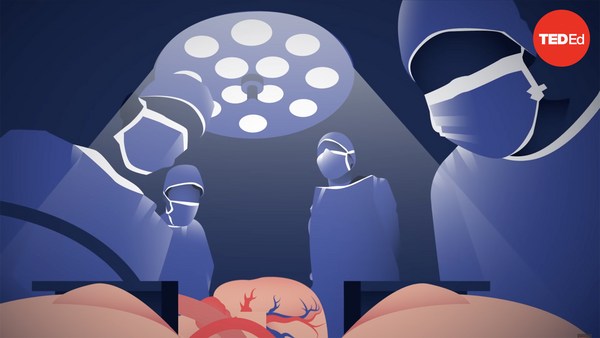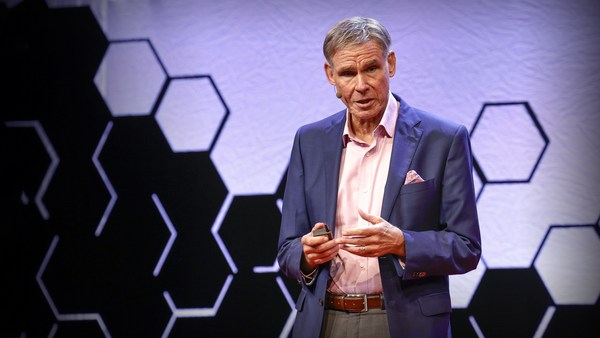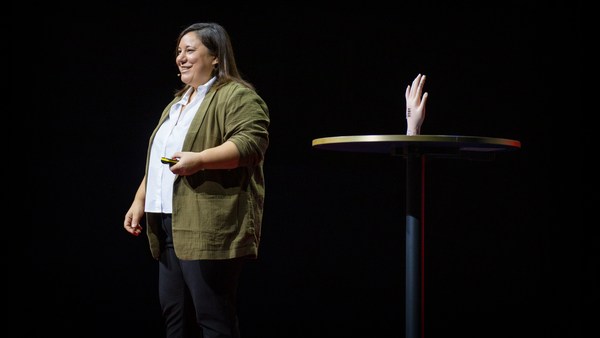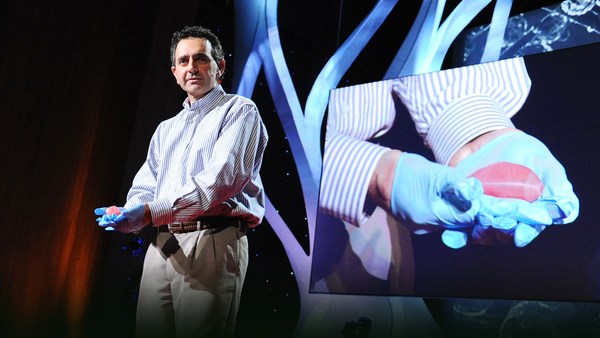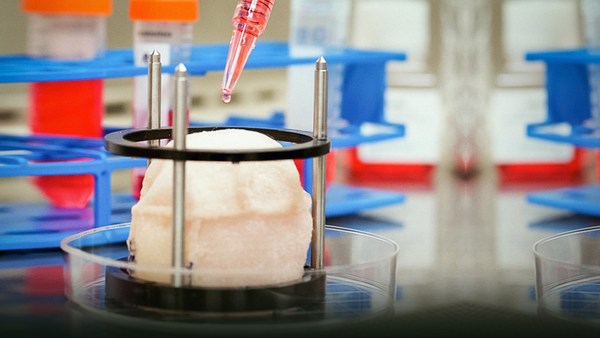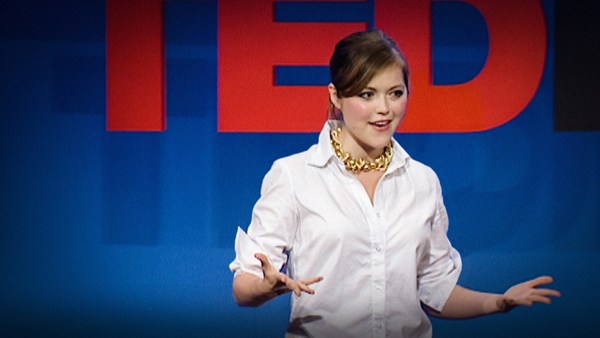It was in November of 2020, at the height of the COVID pandemic, that we got a call from a local hospital that they have a 22-year old gentleman who has COVID pneumonia and he has difficulty breathing. They had to sedate him and put a breathing tube in him, and wanted to see if they could transfer him to UCLA for higher level of care. When he arrived, his blood-oxygen level was quite low, and we had no choice but to connect him to an artificial lung machine. Over the course of the next few days to a week, he slowly woke up, started walking around, regained his strength. And it became quite clear that his lungs are irreversibly damaged by COVID virus. We had no choice but to put him on the lung transplant list. He was placed on the national list, and he waited and waited. He waited for nearly 10 months in the ICU for a suitable pair of lungs. You know, his blood type was O. As some of you may know, O blood type individuals are universal donors, but it's very difficult to find matches for. During those ten months that he was living in the ICU, he was getting up and walking around every day, socializing with the staff. He even got married in the ICU to his girlfriend. The nurses had a beautiful ceremony, and they had his wedding cake that they served to everyone in the ICU, including some of the heart surgery patients who had had open heart surgery two or three days before.
Well, I did his double lung transplant. Everything went well, and he went home. Only six months later, he came back with the rejection of the new lungs. Imagine a day when patients who need organ transplant, they don't have to wait for months in the ICU, or years, as outpatient, would have access to donor organs. And more importantly, rejection is no longer part of the factor, or part of the equation. The case of this 22-year-old gentleman highlights the lifesaving nature of organ transplantation, but it also illustrates some of the challenges that we face in this field.
When we list a patient for organ transplant, their name goes on the list, a national list. And a donor is matched to them based on their blood type, body size and a few other factors. We then send a team out to the donor hospital where they stop the donor organ, put it on ice and put it in an Igloo cooler, a cooler that you can get at any hardware store these days. And then they rush back to the recipient hospital, where we do everything we can to minimize the duration of the time that a human organ is sitting on ice. You know, after all, human organs are not supposed to be kept on ice. We have a limited period of time before the organ becomes unusable. For human hearts, it's about four to six hours. For human lungs, it's about six to eight hours. For the liver, maybe a little bit longer.
So we try to do the transplant surgery any time of the day and night, and rush through that. And then after the transplant, we have to treat these patients with powerful medications to suppress the immune system. You know, everyone has a set of proteins that is unique to each and every one of us. It's like our signature. When we take an organ from one person and transplant it into somebody else, the recipient's immune system recognizes those proteins as foreign and starts attacking them, leading to the graft injury, to the organ injury, and possible rejection.
Organ transplantation is considered one of the miracles of modern medicine. The concept of taking a vital human organ from a donor and transplanting it into somebody else and having it function and work and lead to a normal lifespan was a science fiction only 40-50 years ago. Yet we're doing this virtually every day all across the world.
Despite the successes, there are several challenges facing the field of organ transplantation. Broadly speaking, there are two that stand out. The first one is we just don't have enough donor organs, shortage of donors. And importantly, we cannot keep the human organs alive beyond a few hours.
Let me pause for a moment and put in a plug for organ donation. For anyone who's here tonight, or anyone listening to this segment, I hope that you consider signing your driver's license and becoming an organ donor. A single organ donor can save up to eight human lives and improve the quality of life for many more. Organ donation is one's legacy at a time of tragedy, premature tragedy, and saves lives.
The second challenge facing the field of organ transplantation is the rejection: the fact that everybody’s protein is unique and the recipient's body reacts to those proteins and causes injury and rejection. Well, there is good news. There has been one advance in the field of organ transplantation in the past ten years that may address both of these challenges, and that is “machine perfusion.” Machine perfusion is a portable platform the size of a small refrigerator that circulates blood through the donor organ outside of the donor body. As far as the donor organ is concerned, on machine perfusion, it's still in the donor body. The human heart continues to beat. The human lung continues to breathe. The liver continues to produce bile. And of course, your kidney continues to produce urine. With machine perfusion, we continue to maintain a human organ for the first time in human history outside of a human body, alive. With that time is no longer an issue. We can share organs across broad areas of geography. We can share organs across continents. With machine perfusion, we can actually repair a donor organ. Let's say that we have a pair of lungs that has pneumonia. We can actually treat with very high doses of antibiotics on the machine and try to improve the donor lungs at levels that would not have been possible to give it to the donor because of the toxicities and the side effects. But we can do that with machine perfusion.
But the real benefit of machine perfusion is that it gives us an opportunity to make changes to the donor organ before transplantation. Our group, as well as others, have shown that we can convert different blood types to O blood type, the universal donor. You remember the gentleman in the ICU who had to wait for 10 months because there’s not enough O donors. But we can convert different blood types to an O blood type. This may be a reality within the next five years. Another potential opportunity for the machine perfusion is that we can actually make changes in the genetic makeup of the donor organ. We can add genes. We can silence genes. I mentioned to you those foreign proteins that were the cause of rejection. We can actually silence those genes. There have been studies that have shown that in animals you can actually transfer cells into the donor organ so that it masks the expression of those foreign proteins. We can engineer organs specifically suited for a potential recipient.
I have been in the field of organ transplantation for more than 25 years, and I've never been more excited about what the future holds for this field. Imagine a day, in the next maybe 10 to 20 years, when a patient who needs an organ transplant, through no fault of their own -- they may have been born with a condition, or they may have acquired a condition that needs organ transplant -- schedules their transplant on a certain day, goes to the hospital on that day, may actually see the organ that is to be transplanted into them on a machine, with a heart beating and a lung breathing, gets the transplant. And rejection is no longer part of the equation, it is not part of their future. They're given a second chance at life and live happily ever after.
Thank you.
(Applause)
